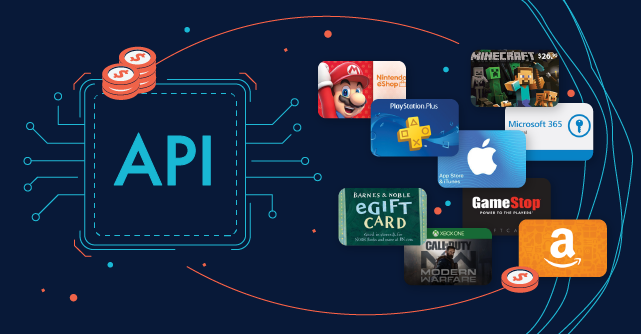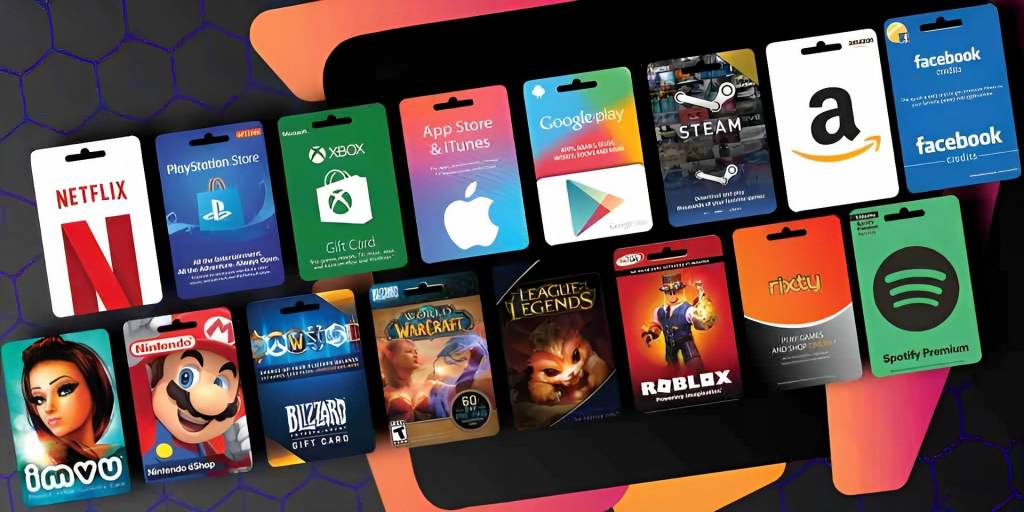There is an unavoidable question facing the mobile market today: How to reduce churn in the telecom industry?
The answer is multi-dimensional and requires developing customer retention strategies that interweave incentive marketing, feedback channels and airtime top-up software.
Simply put, your churn rate can only be reduced with customer-centric marketing programs that are specifically built for customer retention. Often, this effort is aided with the help of smart and scalable airtime API technology to retain subscriptions.
Placing such a large emphasis on customer retention shouldn’t be surprising. Today, the pressure to create better customer experiences — as proven through the rise of CX/UX marketing gurus — takes the center stage of all growth strategies applied by global mobile operators.
The telecom industry has traditionally experienced an average churn rate of 30% to 35%, while the cost per acquisition (CPA) typically ranges from five to 10 times higher than the cost of retaining an existing customer, according to the 2016 sector review Big Data Applications in the Telecommunications Industry.
It’s a fact that makes for simple but stirring calculus. To sustain mobile subscription revenues, telecoms must focus more on reducing churn than they do on acquisition.
The solution will inevitably include customer experiences that build loyalty, thanks in large part to new, easily programmable and scalable airtime top-up API technology.
The Churn Burn: Why are my customers leaving?
Today, traditional telecom brands often don’t have the right tools to keep ahead of their churn rates.
This churn burn is further compounded by the entrance of younger telecoms that are more adept at deploying new technologies. Their success proves that telecom customers are increasingly willing to leave legacy brands if service sucks.
A recent Accenture poll concluded that 77% of telecom customers are more likely to churn compared to three years ago. At the heart of this churn is bad customer experience, which can now spread like wildfire across social media. Frustration can easily manifest in a global, digital and pervasive way.
Indeed, the impact of social media cannot be understated. Today, an unsatisfied customer has many more channels to distribute his/her discontent about telecom services.
This poor experience influences others in a wider digital community, which then leads to higher churn.
Discovering how to reduce churn in the telecom industry becomes an even more difficult battle in emerging mobile markets, where prepaid customers can change their mobile operators as fast and easy as switching a SIM card and top-up vendor.
In emerging markets, churn rates are thus much more important to study than in developed markets. Ignore your churn too much, and you’ll end up hemorrhaging your revenue base.
Let’s take a quick look at how prevalent prepaid subscriptions are around the world:
- In Africa, about 95% of mobile subscribers have a prepaid service, making it the largest non-contract telecom market in the world.
- In Latin America, the mobile market is also still largely dependent on prepaid, with Nicaragua having the highest percentage of prepaid mobile subscribers at 94%, and Chile the lowest rate of such clients with 57%.
- India and Southeast Asia are also prepaid-dominated mobile markets. Indeed, India, the world’s second-most populous nation, has a telecom market compared with the African continent — 95% of Indian mobile users are on prepaid plans.
These above-listed regions combined put the majority of the world’s mobile users into the prepaid column. Without any contract holding them back, customers can easily change mobile operators. This means they have little loyalty to brands, and bad experiences can spread more rapidly.
This makes for a potent combination. Therefore, the mobile sector in the emerging market must work exponentially harder than their developed-world counterparts if they want to retain their customers from fleeing to the waiting arms of the competition.
Below, we outline the best strategies for winning your mobile customers’ hearts, by keeping it.
How to Reduce Churn in the Telecom Industry While Improving Customer Loyalty
1. Use incentives to create non-cash mobile rewards programs
Incentive marketing in the form of mobile airtime and data rewards is today widely used by telecom marketing managers to “create customer loyalty,” a 2019 BlackHawk network study found. This is especially true in emerging telecom markets, where prepaid reigns supreme and brand loyalty does not.
In prepaid telecom markets, mobile incentives are thus more important than brand identity.
This is precisely why in emerging markets in Africa, Latin America and Southeast Asia, mobile rewards have become the most important weapon to reduce churn in the telecom industry.
“The reward of staying with a network or upgrading of contracts has worked well in the telecoms industry,” says Debbie Ghillino, Chief Happiness Officer of The Incentive Company, a full-service incentive house in South Africa. “By rewarding a customer’s loyalty, the company can retain customers, which is their largest challenge.”
[Read our entire coverage about the impact of incentive marketing on the emerging market telecom industry on the Reloadly blog.]
These days, however, it is tempting to consider non-cash mobile rewards strategies as a matter of “giveaways” and “freebies.” But this mindset would mislead you.
“Driving loyalty isn’t necessarily about giving out the most points or the largest gift card; it’s about ensuring resellers feel valued, appreciated, and confident in the company, and of course, rewarded for their sale,” says Lincoln Smith, Chief Strategy Officer of HMI Performance Incentives, a Massachusetts-based incentive solutions company.
This means that customer retention is about building a relationship with your customer and, in the case of resellers, your entire network. Incentives can help provide talking points from which to build this long-term communication, while new API technology, like the airtime API platform provided by Reloadly, can make it easy to transparently share profits with your resellers.
However, when it comes to distributing these rewards programs across your network, ensuring your incentives reach customers in disparate geographies using different currencies and mobile operators is a big challenge.
This is where an API can be useful, once again. Reloadly’s airtime top-up API helps solve this problem by allowing you to access a global network of over 500 mobile operators in one platform.
Using Reloadly’s API, you can now send mobile rewards in your local currency of choice, easily organize your network of resellers to share profits, and enable bulk transactions with top-up values starting from just $0.50.
2. Constantly answer customer feedback on all channels. Especially social media
The truth is that — even in prepaid-based markets — churn does not happen suddenly. There is a journey that your customer goes through that eventually leads them to finally make the switch.
This is the dissatisfaction journey — basically, the unwinding of the buyer/sales funnel journey.
First, your customer has a bad experience. Maybe they ignore it or complain.
Then, they’ll make a more drastic move. The customer will write on a forum or social media, either directly to your brand or to the public.
Smart brands have learned how to control this part of the conversation. By hiring a social media team to constantly monitor and address issues, you can reduce churn in the telecom industry.
Don’t have the budget for a dedicated social media team? Chatbots are increasingly getting smarter and can help provide crucial interaction at this phase of the dissatisfaction journey.
One thing is for sure: If nothing is done, a poor ability to answer your customer’s complaints can lead to a domino effect of negative fallout.
Once a bad customer experience gets viral, you can say bye, bye to your brand equity.
3. Anticipate churn by investing in better technology
Telecom customer churn is an inevitable fact of the industry. But you do not have to kowtow to the churn burn. Instead, anticipate that churn happens and that investments in new technology can provide better airtime top-up experiences.
Today, there are powerful analytics and insights tools that can help you predict customer behavior and predict churn. Using this data, you can then map out your best-case scenario strategy to reduce churn and boost profitability.
In emerging telecom markets, it helps to understand the unique economy of each nation. By truly getting a grasp of the on-the-ground market, you can better anticipate churn by offering features that encourage retention.
For example, Venezuela and Argentina have the world’s most volatile currencies — the Venezuelan bolivar and Argentinian peso, respectively. This means that the ability to hold airtime credit is an incredibly appealing sales proposition because the e-wallet where their international credit is stored will be less volatile than their country’s central bank.
In this way, you have provided a means to use airtime and data as a currency.
By knowing and testing the market like this, you could outshine the competition and create a customer base that would love your product for its convenience, versatility and cost-effectiveness.
With Reloadly’s airtime API, you can send airtime and data bundles to over 160 countries in the world. (This includes Venezuela and Argentina, by the way).
[Read more about how airtime is used as money on our blog.]
Looking at how to reduce churn in the telecom industry?
Now you have some sound advice to reduce churn. To take things to the next level, contact a Reloadly airtime top-up API specialist today.



